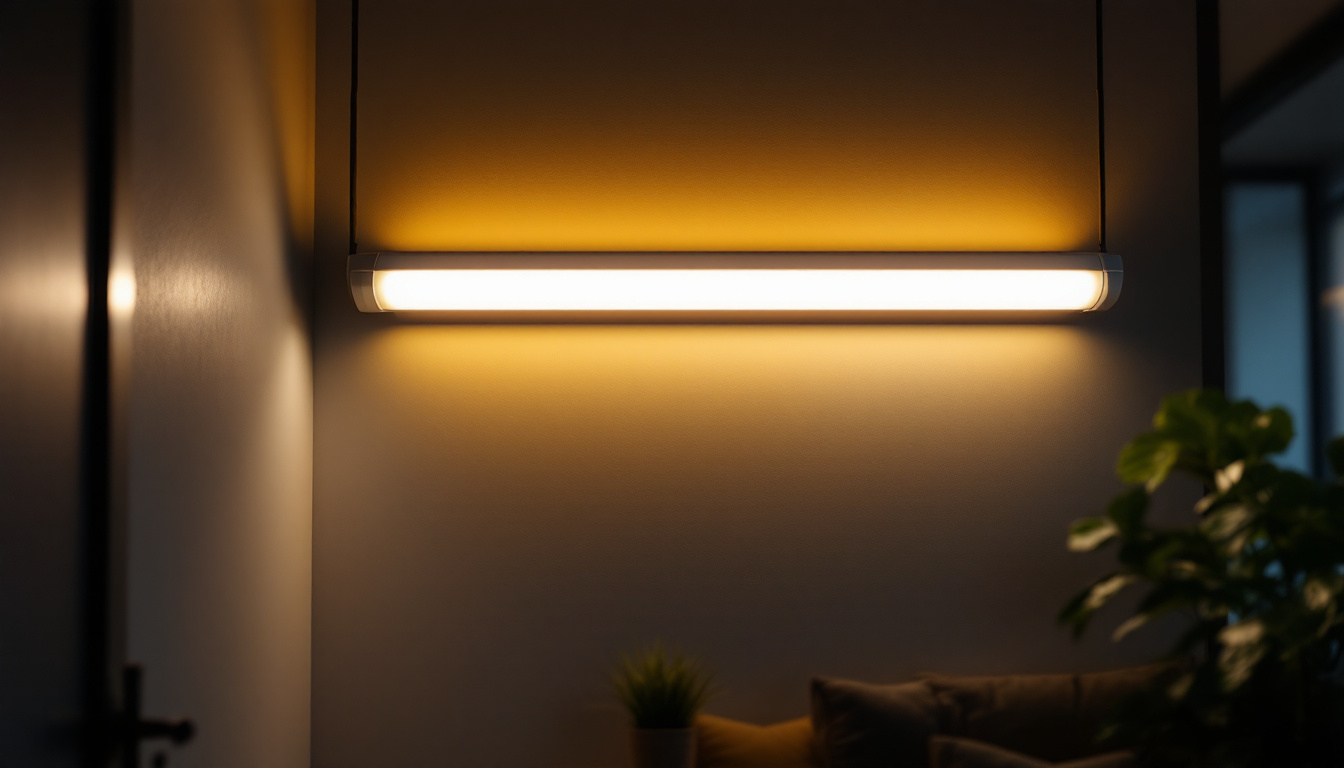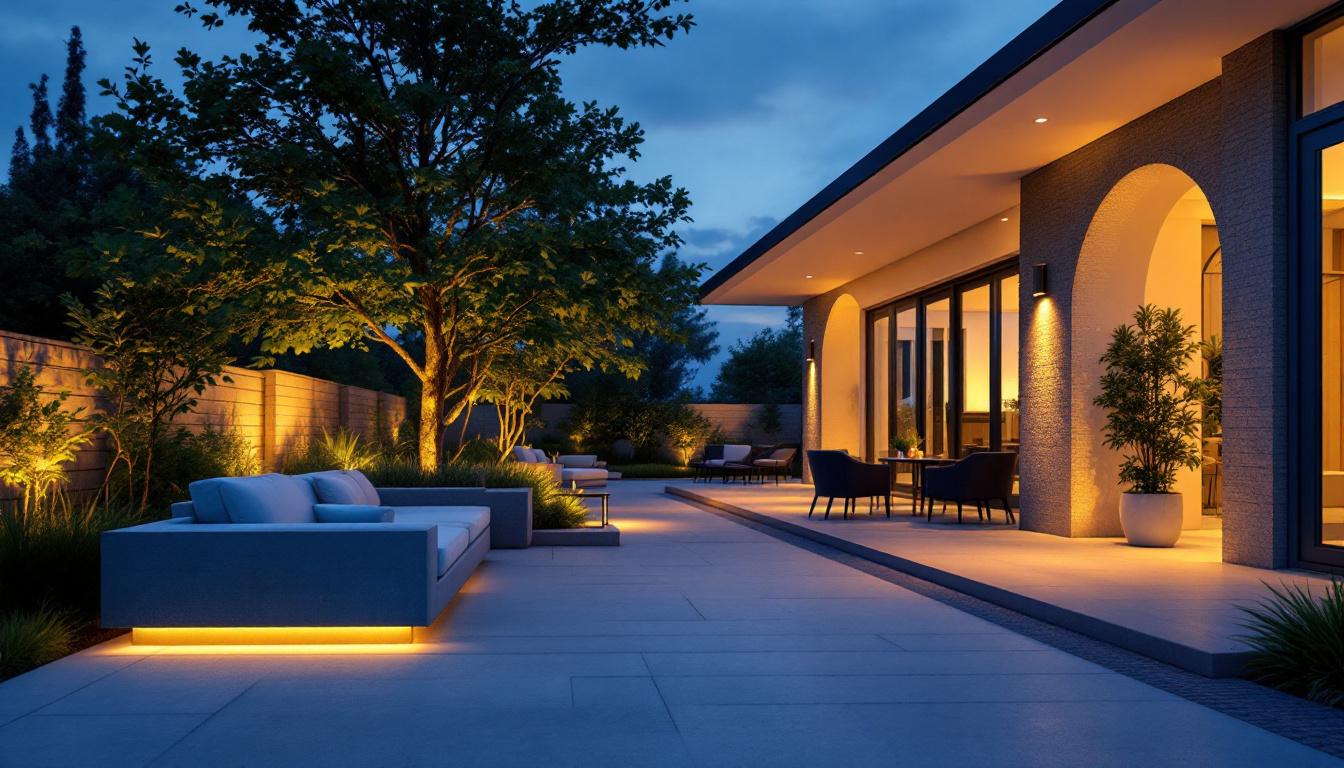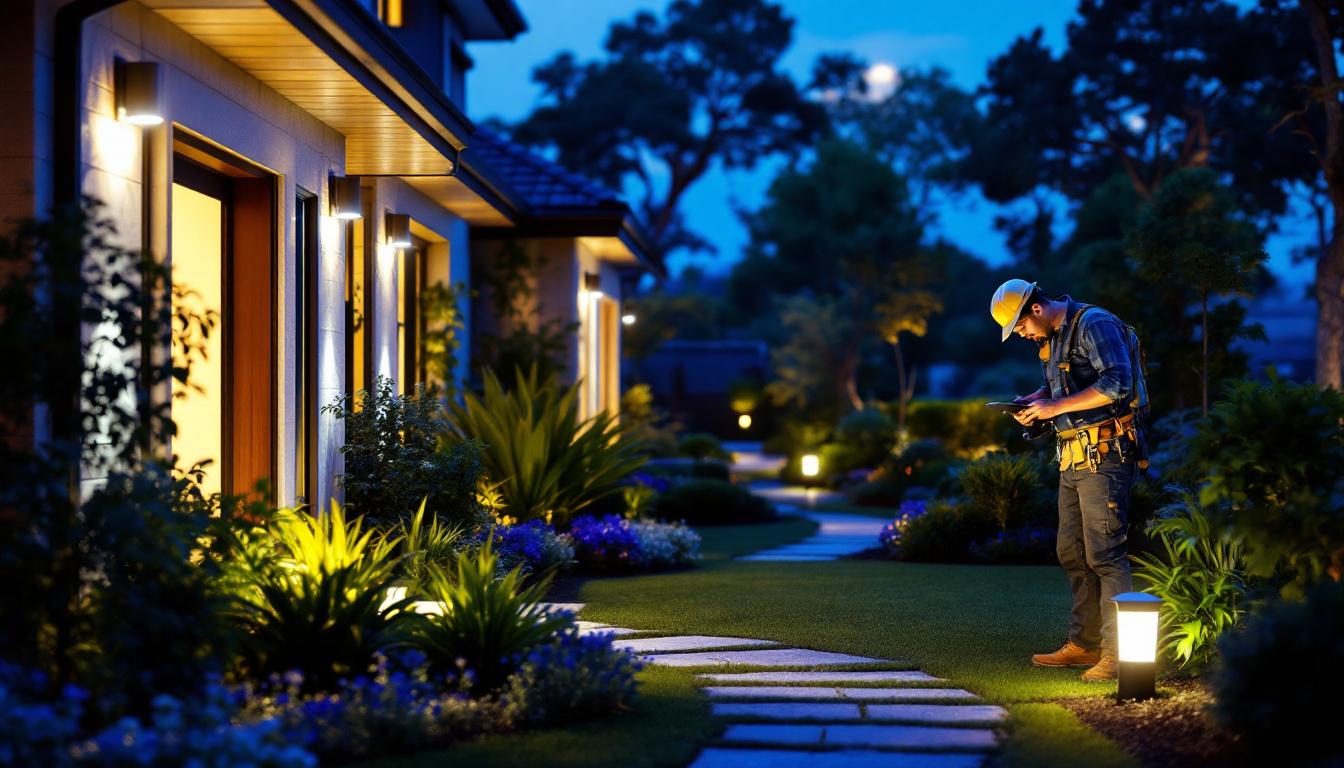
Fluorescent light fixtures have long been a staple in both commercial and residential lighting applications. Their efficiency, longevity, and versatility make them an essential choice for contractors and designers alike. This article delves into the various aspects of fluorescent lighting, including types, benefits, installation tips, and maintenance considerations, ensuring that lighting contractors have all the information they need to make informed decisions.
Fluorescent lighting operates on a different principle than traditional incandescent bulbs. Instead of producing light through a filament, fluorescent lamps use a gas-filled tube that emits ultraviolet light when an electric current passes through it. This ultraviolet light then excites a phosphor coating on the inside of the tube, producing visible light. This process is not only energy-efficient but also allows for a variety of designs and applications.
Fluorescent fixtures come in various shapes and sizes, each designed for specific applications. The most common types include linear fluorescent fixtures, compact fluorescent lamps (CFLs), and specialty fluorescent lamps.
Linear fluorescent fixtures are often used in commercial settings, such as offices and warehouses, due to their ability to provide uniform lighting over large areas. Compact fluorescent lamps, on the other hand, are ideal for residential applications, offering a smaller footprint while still delivering significant energy savings. Specialty fluorescent lamps cater to niche markets, including horticultural lighting and color-specific applications.
In addition to these common types, there are also recessed fluorescent fixtures that are popular in modern architectural designs. These fixtures are installed into ceilings, providing a sleek and unobtrusive look while delivering effective illumination. Furthermore, there are also outdoor fluorescent fixtures designed to withstand the elements, making them suitable for parking lots and exterior building lighting. Each type of fixture can be tailored to meet specific lighting needs, enhancing both functionality and aesthetics in various environments.
One of the primary advantages of fluorescent lighting is its energy efficiency. Compared to incandescent bulbs, fluorescent lamps consume significantly less electricity, which can lead to substantial cost savings over time. Additionally, fluorescent lights have a longer lifespan, often lasting up to 10 times longer than traditional bulbs, reducing the frequency of replacements and associated labor costs.
Fluorescent lighting also provides a range of color temperatures, allowing contractors to create the desired ambiance in various settings. Whether a warm, inviting glow is needed for a restaurant or a cool, bright light for a retail space, fluorescent fixtures can meet these diverse requirements. Moreover, the versatility of fluorescent lighting extends to its compatibility with dimming systems, enabling users to adjust brightness levels according to their preferences and needs. This adaptability not only enhances comfort but also contributes to energy savings by allowing for lower light levels when full brightness is unnecessary.
Another noteworthy benefit of fluorescent lighting is its reduced heat output compared to incandescent bulbs. This characteristic is particularly advantageous in commercial environments where multiple fixtures are used, as it helps maintain a comfortable temperature and reduces the load on air conditioning systems. Additionally, the lower heat generation contributes to a safer environment, minimizing the risk of burns or fire hazards associated with traditional lighting solutions. As a result, fluorescent lighting not only promotes energy efficiency but also enhances safety and comfort in various applications.
Proper installation of fluorescent light fixtures is crucial for optimal performance and longevity. Understanding the specific requirements of each fixture type can help ensure a successful installation process.
Before installation, it is essential to review the electrical requirements of the chosen fluorescent fixture. Most fixtures operate on standard voltage, but it is vital to check the specifications to ensure compatibility with the existing electrical system. Additionally, proper wiring techniques must be employed to prevent flickering and ensure consistent light output.
Contractors should also consider the ballast type, as this component regulates the electrical current to the lamp. Electronic ballasts are generally preferred due to their efficiency and reduced noise levels compared to magnetic ballasts. Moreover, the installation of a compatible ballast can significantly enhance the lifespan of the fluorescent tubes, reducing the frequency of replacements and maintenance costs over time. It is also advisable to ensure that the ballast is rated for the specific wattage of the fluorescent lamps being used to avoid overheating and potential failures.
Fluorescent fixtures can be mounted in various ways, including surface mounting, recessed mounting, and pendant mounting. The choice of mounting method will depend on the application and aesthetic preferences. Surface-mounted fixtures are straightforward to install and ideal for spaces with limited ceiling height, while recessed fixtures offer a sleek, modern look.
Pendant-mounted fluorescent fixtures can add a decorative element to a space while providing direct lighting. Careful consideration of the mounting height and location is essential to achieve the desired lighting effect and avoid glare. Additionally, it is important to account for the layout of the room and the tasks being performed in the space. For instance, in work areas such as kitchens or offices, fixtures should be positioned to minimize shadows and provide even illumination across surfaces. Furthermore, using dimmable fluorescent fixtures can enhance flexibility, allowing users to adjust brightness levels according to their needs and preferences, thereby creating a more comfortable and functional environment.
Regular maintenance of fluorescent light fixtures is essential to ensure their longevity and optimal performance. Understanding common issues and their solutions can help contractors address problems quickly and efficiently.
One of the most common issues with fluorescent lighting is flickering. This can be caused by a faulty ballast, poor electrical connections, or aging lamps. If flickering occurs, it is advisable to check the ballast and replace it if necessary. Ensuring that all connections are secure can also help eliminate this issue.
Another frequent problem is dimming light output, which may indicate that the lamps are nearing the end of their lifespan. Replacing the lamps promptly can prevent further issues and maintain consistent lighting levels.
To keep fluorescent fixtures operating efficiently, regular cleaning is essential. Dust and debris can accumulate on the fixtures and lamps, reducing light output and efficiency. Contractors should establish a routine cleaning schedule, using appropriate cleaning solutions and methods to avoid damaging the fixtures.
Additionally, it is crucial to inspect fixtures periodically for any signs of wear or damage. Addressing issues early can prevent more significant problems down the line and ensure that the lighting remains effective and safe.
As energy efficiency becomes increasingly important in lighting design, fluorescent fixtures continue to play a significant role. Their low energy consumption and long lifespan contribute to reduced environmental impact and lower utility bills.
When comparing fluorescent lighting to other technologies, such as LED and incandescent, the advantages become clear. While LEDs have gained popularity for their energy efficiency and longevity, fluorescent lights still offer a cost-effective solution for many applications. Incandescent bulbs, in contrast, are less efficient and have a much shorter lifespan, making them less desirable in most commercial settings.
Fluorescent lighting provides a balance between initial cost and long-term savings, making it an attractive option for contractors looking to meet both budgetary and performance requirements.
Proper disposal and recycling of fluorescent lamps are critical due to the presence of small amounts of mercury in the bulbs. Contractors should familiarize themselves with local regulations regarding the disposal of fluorescent fixtures and encourage clients to recycle old lamps responsibly. Many communities offer recycling programs specifically for fluorescent bulbs, ensuring that they are disposed of safely and sustainably.
By promoting responsible disposal practices, contractors can contribute to environmental sustainability while also building trust with clients who value eco-friendly practices.
The lighting industry is continuously evolving, and fluorescent lighting is no exception. Recent innovations have enhanced the performance and versatility of fluorescent fixtures, making them even more appealing to contractors and end-users alike.
New developments in ballast technology have led to more efficient and quieter operation of fluorescent fixtures. Electronic ballasts, for example, provide better control over light output and reduce flicker, enhancing the overall quality of light. These advancements not only improve user experience but also contribute to energy savings.
Some modern ballasts also offer dimming capabilities, allowing for greater control over lighting levels and energy consumption. This feature can be particularly beneficial in settings where lighting needs vary throughout the day.
As smart technology continues to gain traction in the lighting industry, fluorescent fixtures are also adapting. Many new fluorescent fixtures can now be integrated with smart lighting systems, allowing for remote control and automation of lighting schedules. This integration enhances convenience and energy efficiency, making fluorescent lighting even more appealing for modern applications.
Contractors should stay informed about these advancements to provide clients with the latest options in lighting technology, ensuring that they remain competitive in the market.
Fluorescent light fixtures remain a vital component of the lighting landscape, offering energy efficiency, versatility, and cost-effectiveness. Understanding the various types, benefits, installation considerations, and maintenance practices is essential for lighting contractors aiming to provide the best solutions for their clients.
As technology continues to advance, staying informed about innovations in fluorescent lighting will empower contractors to make informed decisions and deliver exceptional value to their clients. By embracing these developments, contractors can ensure that they are well-equipped to meet the evolving demands of the lighting industry.
In summary, fluorescent lighting is not just a practical choice; it is a sustainable and innovative solution that can enhance any space while reducing energy consumption and costs. Whether for commercial or residential applications, the knowledge gained from this article will serve as a valuable resource for lighting contractors navigating the world of fluorescent light fixtures.
Ready to elevate your lighting solutions with the efficiency and innovation of fluorescent light fixtures? Look no further than LumenWholesale, where we provide contractors with the highest quality, spec-grade lighting products at unbeatable wholesale prices. Say goodbye to local distributor markups and hello to our extensive selection that meets rigorous industry standards. With LumenWholesale, you can count on reliable, high-performance lighting for every project, big or small. Plus, enjoy the convenience of bulk buying with free shipping, ensuring you get the premium lighting you need at the best value — without any hidden fees. Don’t compromise on quality or affordability. Wholesale Lighting at the Best Value is just a click away. Experience the LumenWholesale difference today!

Discover the transformative power of solar fixtures in energy-efficient lighting.

Discover why lighting contractors should prioritize LED phantom glowing technology.

Explore the innovative world of outdoor LED light strips powered by solar energy.

Discover essential information about light bulb bases that every lighting contractor needs to know.